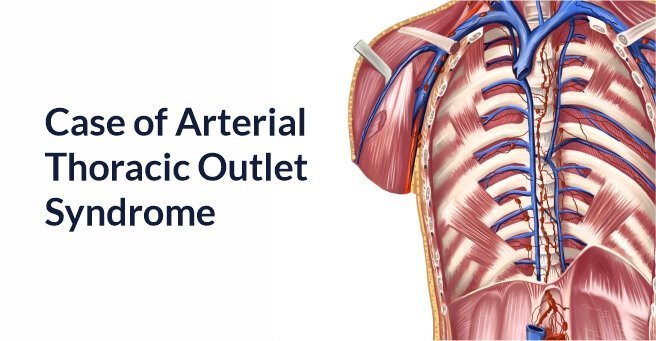
Other Minimally Invasive Thoracic Procedures Leah Richter underwent a VATS lobectomy for lung cancer on a Tuesday and was discharged three days later. Patients who receive this procedure also experience less postoperative pain than traditional surgical methods. Spontaneous Pneumothorax - VATS affords better visualization of the entire lung surface in patients with spontaneous pneumothorax (collapsed lungs).Experienced surgeons can also perform transcervical thymectomy, a minimally invasive procedure in which the thymus is removed through a small incision in the lower part of the neck. Myasthenia Gravis - VATS is used to remove the thymus gland through incisions under the arm.In addition to aiding in the diagnosis of pulmonary nodules, VATS can significantly reduce the morbidity associated with the traditional surgical removal of lung nodules. Lung Cancer - VATS is used frequently to assist in the diagnosis, staging, and treatment of lung cancer.Multiple areas of the lung can be biopsied and scanned to determine the presence of this disorder without the need for a large incision. Interstitial Lung Disease - The diagnosis of interstitial lung disease has become significantly more accurate as a result of VATS.Forceps and a surgical stapling instrument are used to remove the affected tissue through two other incisions. Emphysema - During Lung Volume Reduction Surgery (LVRS), one incision permits access of the viewing instrument (thoracoscope).Some of the more common diseases being treated with VATS include:

#Thoracic outlet syndrome surgery stories full#
Benefits of the minimally invasive approach include less postoperative pain, shorter hospital stays, faster recovery from surgery, and a quicker return to full activity. VATS is used for a variety of diagnostic and therapeutic procedures. Minimally invasive thoracic surgery, also known by the name VATS (short for Video-Assisted Thoracic Surgery), is a procedure that involves smaller incisions in the chest wall than traditional “open” surgery and does not require the need to spread the ribs to gain access to the lungs or esophagus.


 0 kommentar(er)
0 kommentar(er)
